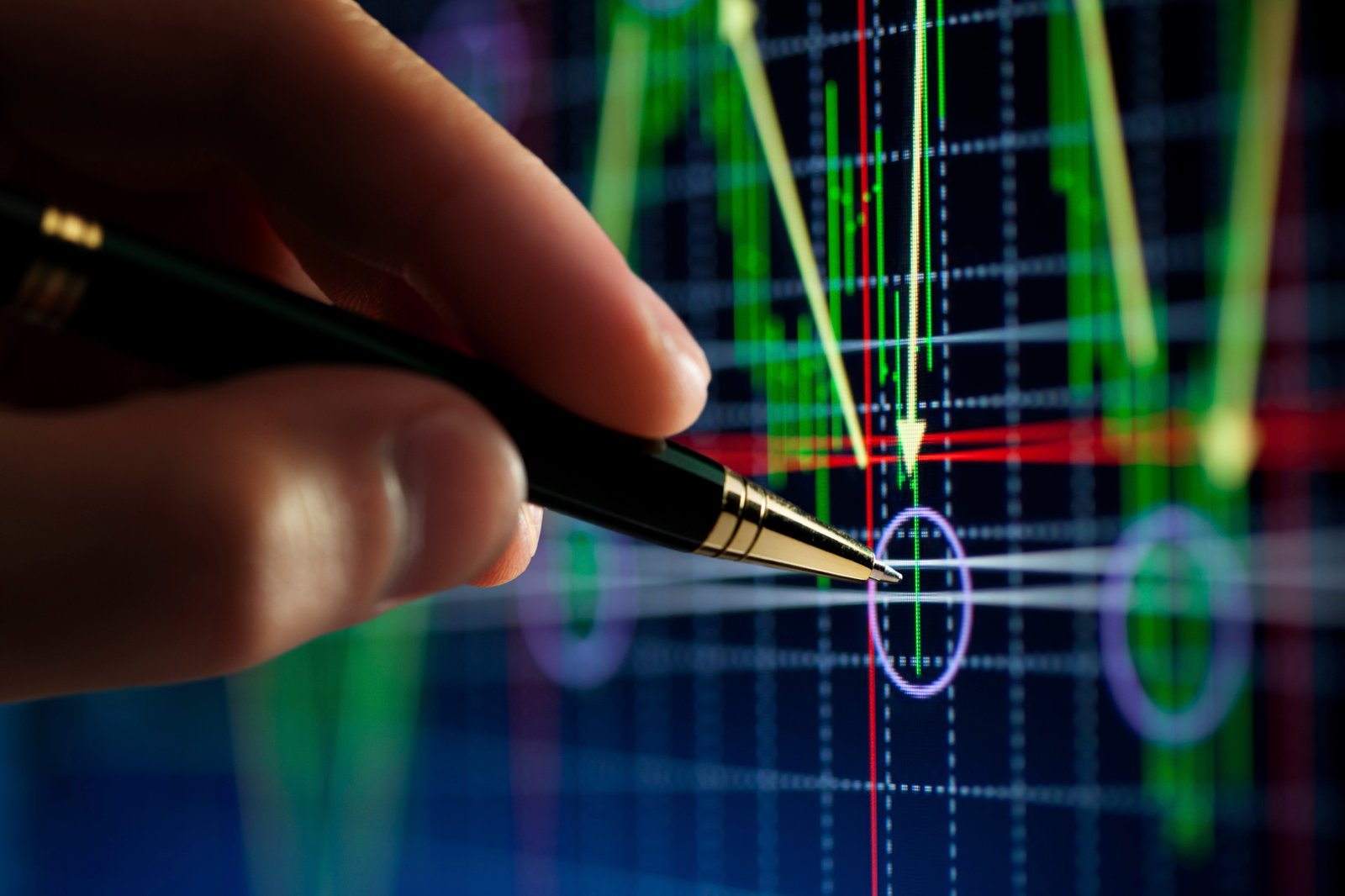Biosimulation market size to reach $3.77 bn by 2024
August 24, 2016 | Wednesday | Features | By BioSpectrum Bureau
Biosimulation market size to reach $3.77 bn by 2024
(Photo Courtesy: www.outsourcing-pharma.com)
The unprecedented global shift in the adoption of unhealthy lifestyles is resulting in the high prevalence of chronic diseases, such as cancer and diabetes, is expected to drive the biosimulation market during the forecast period.
In addition, the rising geriatric population base highly susceptible to acquire the aforementioned chronic diseases result in enhanced demand for highly efficacious pharmacological drugs.
This high requirement of efficacious drugs can be effectively met at a faster rate through the incorporation of the in silico approach, thus creating a high potential for biosimulation market growth opportunities in the future.
Furthermore, increasing drug resistance, high drug failure rate, and availability of limited drugs to treat several diseases such as AIDS, pneumonia, tuberculosis, and others indicate the indisputable requirement for the incorporation of biosimulation in the drug discovery and development process.
See Also: An exclusive look inside KIIT's hottest tech biz incubator
The widespread application of the in silico approach to developing efficacious drugs would generate drugs of greater potency in the market within a shorter span.
The increasing demand can be attributed primarily to the significant cost reduction in the clinical trials and drug development & discovery process.
This is due to the fact that the in silico software can predict adverse reactions, toxicity, and efficacy of the drugs in the early stages of the drug development, thereby reducing the probability of drug failure at the later stages and consequentially, control the overall expenditure.
These above-mentioned factors serve as key reasons responsible for the heightened market demand.
In 2015, North America dominated the overall biosimulation market at over 50%.
The presence of regulatory authorities, consistently inclined towards ensuring patient safety, is a crucial factor presumed to be responsible for the dominant market share of this region.
Moreover, the presence of highly skilled professionals also serves as a significant growth driver.
The numerous collaborations amongst the leading players that are being undertaken to promote the incorporation of biosimulation systems are expected to be responsible for bolstering the growth in this region.










